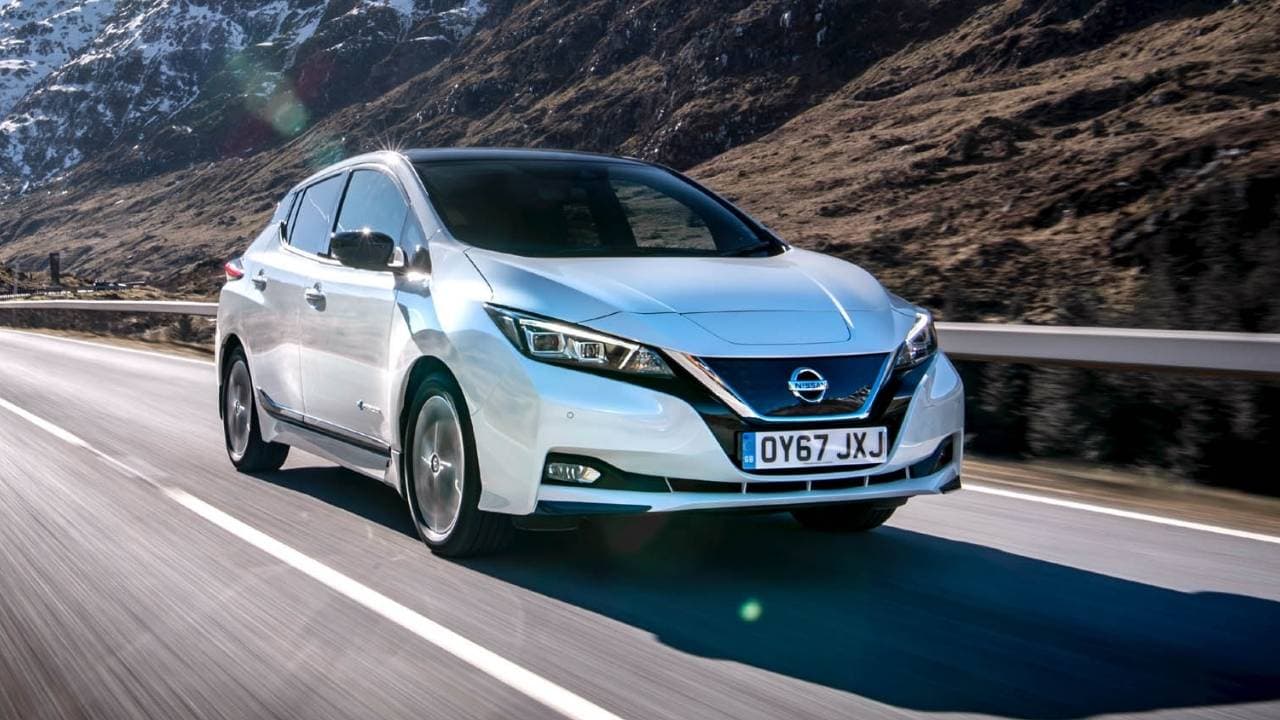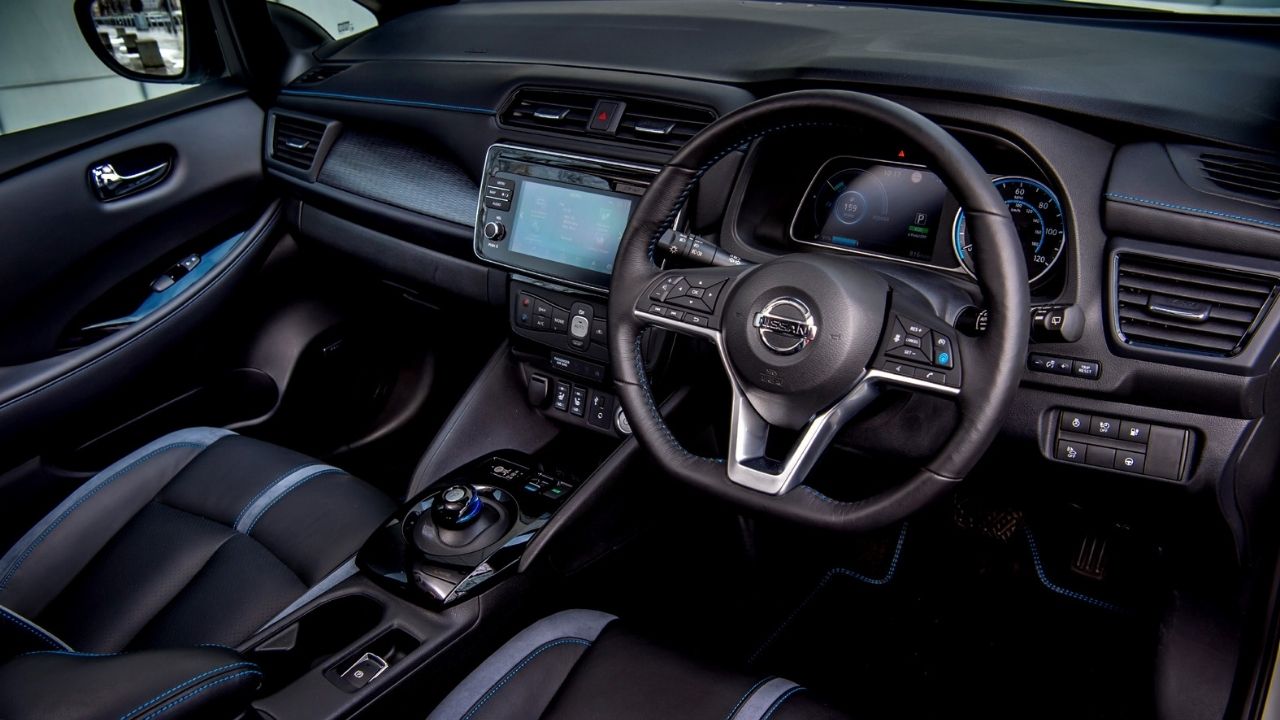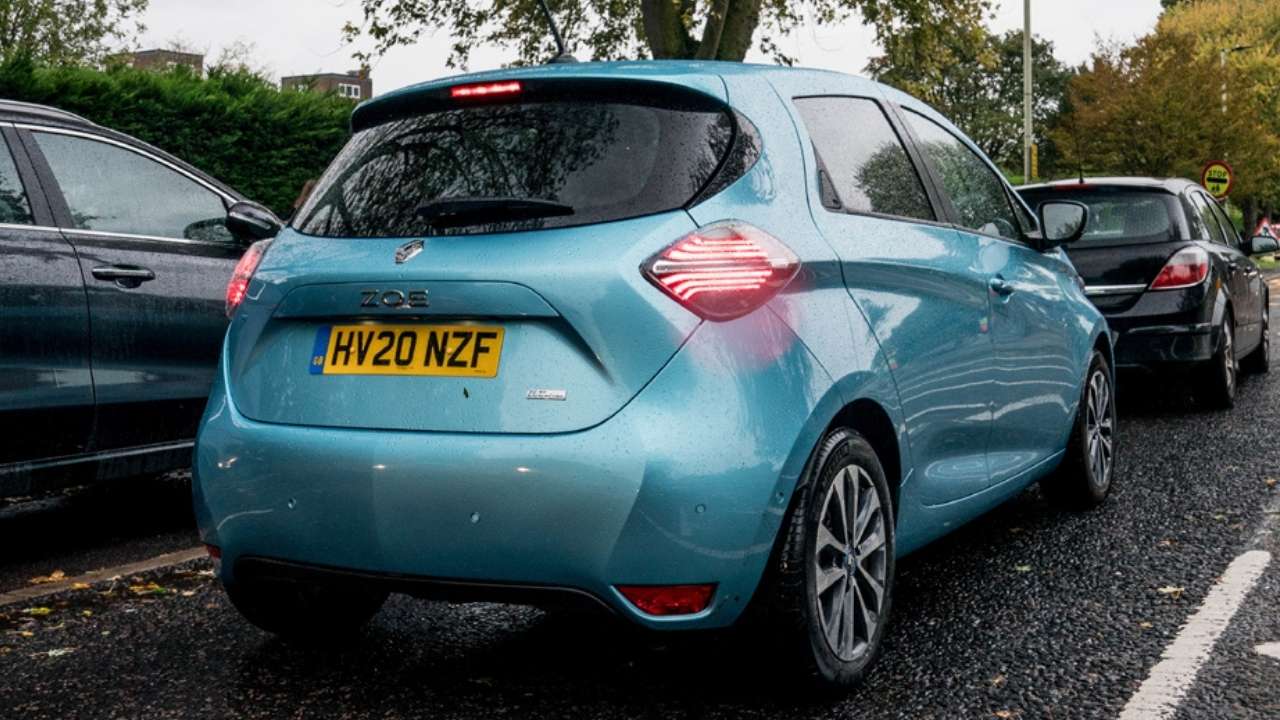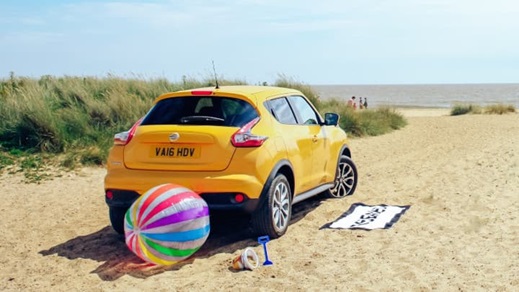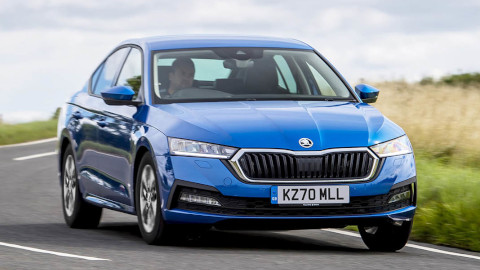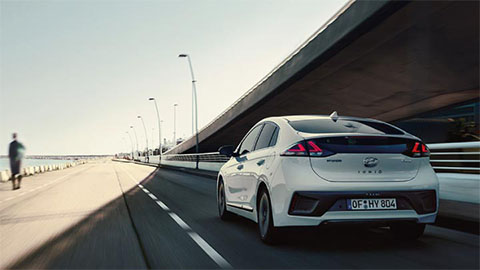Renault ZOE vs Nissan LEAF: Which is More Suitable For You?
04th Apr 2025
The Nissan LEAF and Renault ZOE are two of the most popular electric vehicles (EVs), offering practical and affordable alternatives to traditional petrol and diesel powered cars. As somewhat of a trailblazer in the EV market, the LEAF is known for its spacious design and solid performance. On the other hand, the ZOE has become a top choice for urban driving, featuring a compact, efficient design that suits those living in the city.
Both cars reflect their manufacturers’ commitment to sustainability, offering impressive ranges, advanced safety features, and modern connectivity. While they share similar goals in promoting electric mobility, each offers unique advantages in terms of performance, range, and overall driving experience.
Contents
- Introduction and Design
- Versions and Performance
- Interior and Technology
- Practicality
- Value and Final Thoughts
Introduction and Design
The Nissan LEAF and Renault ZOE are two of the most popular electric vehicles in Europe. Launched in 2010, the LEAF was one of the first mass-produced EV vehicles and was designed to mark Nissan’s commitment to sustainability and innovative technology.
Featuring a modern and aerodynamic exterior design, the LEAF showcases a distinctive V-shaped front grille, a sharp front bumper, and a floating roof design, details that provide a futuristic look.
The ZOE was introduced to the market two years after the LEAF, making its first debut in 2012. Envisioned to be an affordable alternative to individuals looking to enter the electric vehicle segment, the ZOE is a great alternative to other popular compact cars within Renault's range, such as the Clio and Renault 5.
Displaying smooth and rounded lines combined with the sleek and angular headlights, the ZOE boasts a blend of futuristic and minimalist exterior design. The pronounced wheel arches and stylish alloy wheels further contribute to its youthful and modern appeal.
Versions and Performance
Offered with all-electric powertrains only, the batteries and electric motors provide a near-silent driving experience, aligning with the typical characteristics of EVs.
The Nissan LEAF comes with two battery options. A standard model is equipped with a 40kWh battery that produces 148bhp and accelerates to 62mph in 7.9 seconds from resting. As far as the electric range goes, you can drive up to 168 miles before needing to recharge your vehicle.
Higher trims are available with a 62kWh battery, which provides an output of 214bhp. This much power lowers the acceleration time by an entire second, going from 0 to 62mph in 6.9 seconds. The electric mile range is also extended with this larger battery, making the LEAF capable of driving 239 miles before needing to be recharged.
On the other hand, most ZOE models come with a 41kWh battery that has an output of 134bhp. It accelerates from 0 to 62mph in 13.5 seconds, and this model is capable of doing 186 miles before it needs to be recharged.
Both vehicles use a Type 2 charging cable and are able to be recharged both at home and at public charging centres. Both cars support Direct Current (DC) fast charging through a Combined Charging System (CCS).
Interior and Technology
Looking inside LEAF’s cabin, you’ll find a well-built interior where good quality materials were used throughout. A digital instrument cluster and a smart infotainment screen are particular highlights within what is a fairly advanced cockpit. Equipped with a NissanConnect operating system, the 8.0-inch touchscreen infotainment comes with Apple CarPlay and Android Auto pre-installed, making connectivity to smartphones easy and seamless.
The LEAF received a five-star safety rating from Euro NCAP, thanks to its comprehensive standard safety features. These include six airbags, intelligent emergency braking, lane departure warning, cross traffic alert, and blind spot warning.
Focusing on building a modern and functional cabin, Renault designed the ZOE’s interior with good quality materials, such as faux leather and recycled elements that are nice to the touch and aesthetically pleasing.
A digital instrument cluster and a smart infotainment screen are placed in the central area of the dashboard. Standard vehicles come with a 7-inch infotainment system, while higher models have a 9.3-inch touchscreen. Much like the LEAF, the ZOE also comes with Apple CarPlay and Android Auto pre-installed.
Awarded a full five-star safety rating by Euro NCAP, some of the safety features that come as standard are simulated engine noise, traffic sign recognition, anti-lock braking system, and electronic stability control.
Practicality
Designed to have a spacious interior, the LEAF fits up to five people comfortably, where the three people in the back also have plenty of leg and headspace. There are two sets of ISOFIX points in the rear too, which ensure optimal safety for those using child seats. With a 435-litre boot that can be expanded to 1,176 litres, the LEAF is versatile enough to cater for the weekly needs of most.
Even though the ZOE is a supermini, the inside looks and feels big to all onboard. The ZOE’s boot is considerably smaller than the LEAF’s, being able to carry 338 litres. When the rear seats are folded down, the storage space can be extended up to 1,225 litres.
Value and Final Thoughts
Choosing between the Nissan LEAF and Renault ZOE depends on your preferences and lifestyle. While both vehicles are excellent compact car options, they offer different features that may better suit specific lifestyles.
The LEAF is slightly bigger in size and offers a good cabin with enough space for the driver and passengers to sit comfortably and have enough leg and headspace. Overall, the storage space is smaller when compared to the ZOE; however, the space provided in the boot should suffice for daily activities and transportation of shopping.
Considering the onboard technology, the LEAF’s standard infotainment screen is an inch bigger compared to ZOE’s, but the pre-installed apps are pretty much the same. Both vehicles score well in terms of safety too, scoring the full five-star rating in Euro NCAP's safety tests.
Comparing the two cars, the LEAF is the better fit if you drive longer distances, thanks to its larger all-electric range. However, the ZOE still offers a sufficient range before needing a recharge and is particularly popular amongst city dwellers thanks to its compact dimensions.
Find your perfect used car at Evans Halshaw
Whether you’ve decided on the pioneering LEAF or fancy an urban alternative in the ZOE, we can help you find the best car that suits your lifestyle. Explore our selection of used vehicles and discover your next used car today.
If you haven't quite made your decision, our blog section is home to a wide variety of buying guides and expert advice, to help you find your next vehicle.


